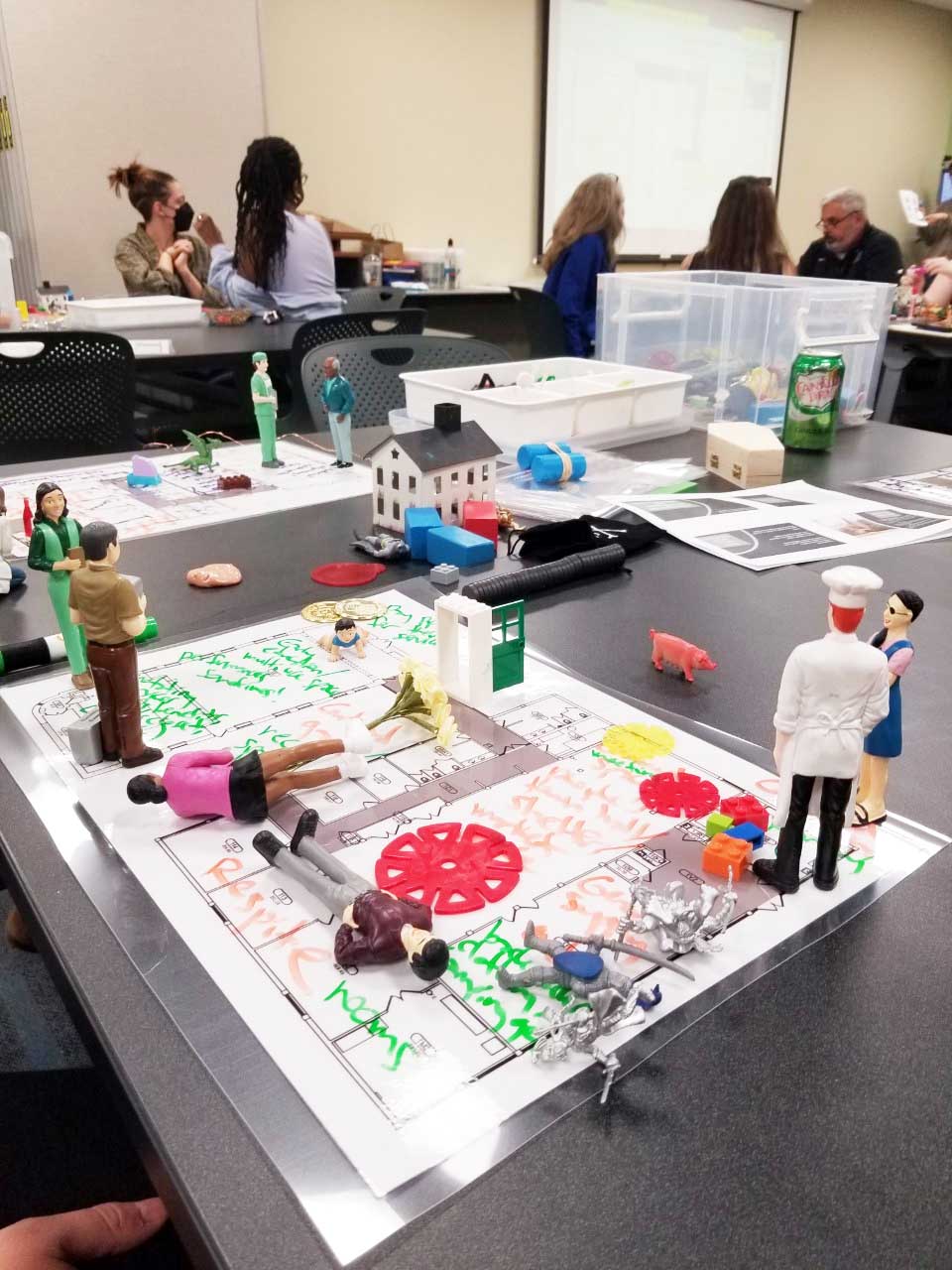Student Liam John Looks to Bring Il Monastero to the Community
In honor of ATLAS Week, Saint Louis University College for Public Health and Social Justice student Liam John gave a presentation on the idea of creating a community-like center inside of SLU-owned Il Monastero.
A modest building that once served the St. Louis community as a church and gathering place, Il Monastero was initially known as Berea Church. Home to the first Presbyterian congregation west of the Mississippi and located in what was once known as Mill Creek Valley, Berea Church was founded by people who were formerly enslaved.
After the 1940s, Mill Creek Valley itself was primarily populated by the Black community due to white flight that started in the 1920s. Much of Mill Creek Valley was damaged over the years due to clearing and demolition by the City of St. Louis. As a result, only four buildings remain today from the original neighborhood. The church, which became a popular place for civil rights groups to gather and organize, is among them.
Vivian Gibson, one of the last children to live in Mill Creek Valley, authored the book "The Last Children of Mill Creek" in 2020. At the ATLAS Week presentation, she shared stories about the neighborhood and her experiences watching the area turn into what it is today.
Purchased by SLU and renamed Il Monastero in the early 2000s, the facility is now primarily used as event space. It has also been used as an emergency shelter to house community members during the summer heat or frigid winters. John and his colleagues said they prefer to refer to Il Monastero as Berea Church in respect of what it once was before its purchase by SLU and in consideration of its history in Mill Creek Valley.

To bring the center back to the community, the presenters included an activity as part of their session where attendees were given a layout of the building. Each person wrote how they would utilize each room and used toys and figures to represent their ideas. Ideas included a nursery, computer/study labs, a small library room, using the kitchen as an extension for SLU's existing food pantry, a small sanctuary/music room, a homeless shelter and a courtyard.
John said he is looking forward to suggesting these ideas to the University to maximize the facility's utility to the community.
About the College for Public Health and Social Justice
The Saint Louis University College for Public Health and Social Justice is the only academic unit of its kind, studying social, environmental and physical influences that together determine the health and well-being of people and communities. It also is the only accredited school or college of public health among nearly 250 Catholic institutions of higher education in the United States.
Guided by a mission of social justice and focus on finding innovative and collaborative solutions for complex health problems, the College offers nationally recognized programs in public health and health administration.